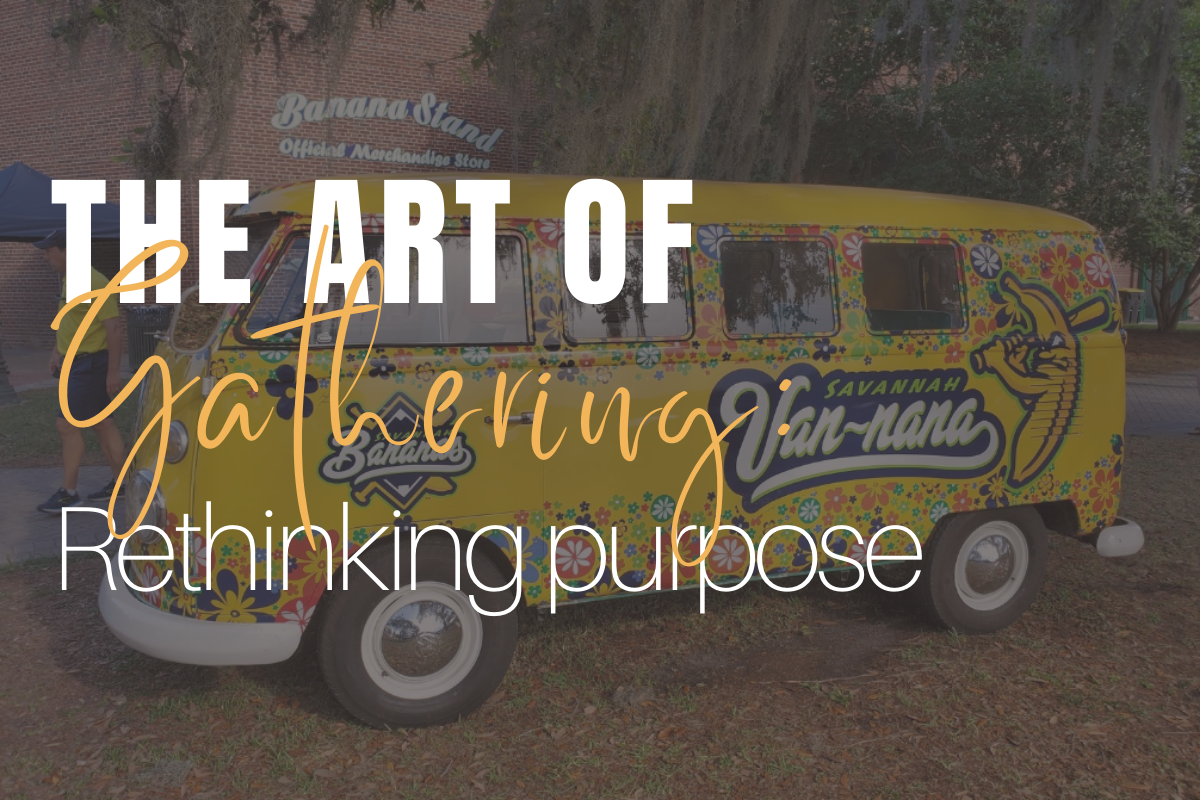Celebrating diversity instead of tradition
What does an architect in a wheelchair have to do with growing arts audiences? A bit of history:
Born in 1941, Ronald L. Mace was disabled by polio at the age of nine, and spent the rest of his life in a wheelchair. Rather than being stymied by this setback, Mace earned a degree in architecture and embarked upon a lifelong mission to advocate for the disabled and to design spaces that were accessible for all.
Influenced by his experiences navigating life in a wheelchair and constantly feeling different as a disabled individual, Mace became less interested in designing assistive technology and more interested in the idea of inclusion. Humanity’s vast diversity is best celebrated, he realized, by a kind of inclusion that does not highlight differences, but instead equalizes by removing all barriers.
Mace coined the term universal design, which he defined as “the design of products and environments to be usable by all people, to the greatest extent possible, without the need for specialized design.” His goal: Cultivate a perspective shift so that, in the future, all products and buildings would be designed to be usable by anyone, regardless of age, ability, or situation.
Mace earned international recognition for his efforts, and a dedicated following. Among his many achievements, he received the Distinguished Service Award from President Bush in 1992 for “promoting dignity, equality, independence, and employment of disabled people.”
Universal Design
While the concept of universal design (UD) began as an approach meant to help reduce barriers—both physical and attitudinal—between people with and without disabilities, it has become recognized and utilized as a powerful framework in other spheres. One example can be found in education, where traditional methods typically focus on the average user, requiring students with disabilities to seek accommodation. Using the universal design approach in education, writes Sheryl Burgstahler, “helps to streamline the accommodations process by eliminating deficits in products and environments that make them inaccessible to some people.”
Universal design has also been adopted as a framework for DEI work. "Universal design is the practice of designing all organizational systems...to focus on the experience of those who are most marginalized,” writes intercultural organizational development expert and DEI consultant Beth Zemsky. “By centering the experience of those who are most marginalized, we most often find that systems are created that function better for all of us.”
The world has changed, and is still changing rapidly. To respond effectively to this change, writes Zemsky, requires that organizations adapt everything they do so that the principles of diversity, equity, and inclusion are woven into their very identity.
Universal Design in arts and culture
So what does the concept of universal design have to do with the arts?
In 2019, according to Colleen Dilenschneider’s research, 89.1% of orchestra patrons identified as White—despite the fact that Indigenous, Black, and People of Color represent 40% of the U.S. population. “The audience composition of US cultural organizations,” Dilenschneider writes, “overrepresents the US population of White non-Hispanic individuals.” Translation: The arts world simply does not reflect the diversity of the real world.
In the classical music space specifically, we find a focus on the “average user” (the Loyals) and an insistence on long-held traditions that, in effect, force other potential patrons to either seek accommodation or avoid the space altogether.
What if we applied the universal design framework to the arts sector? What if we took a deep interest in the marginalized—those I like to call Outsiders, or the uninitiated—and removed any barrier that might make it difficult for them to engage with our art?
Priya Parker touches on this in her book The Art of Gathering, where she advocates for adapting to the realities of our 21st century world by rethinking tradition. “The etiquette approach…” she writes, “shows minimal interest in how different cultures or regions do things. It upholds a gold standard of behavior as the only acceptable one for people who wish to be seen as refined. It is not interested in variety or diversity.”
When we center the experience of our Loyals, we celebrate the traditions of the past. When we center the experience of those traditionally marginalized by our sector, we celebrate the diversity of the present.
Parker says it’s time to stop being laid back or “chill” hosts. It’s time for arts leaders to step into their proper powers as host and wield a generous authority. And a good host, she says, must protect their audiences, connect their audiences, and equalize their audiences.
Like Ronald Mace, when we approach our work in the arts through the lens of universal design, we stop highlighting the differences that Outsiders bring to our world and start equalizing by removing the barriers that prevent them from feeling like they belong.
Centering the Outsider’s experience means rejecting familiar traditions in favor of innovation. It means allowing for a creative, experimental spirit that invites your Loyal audiences to experience your art in new ways. It helps Insiders understand how to be more welcoming. And it leads to greater psychological safety for the Outsiders.
Incorporating the principles of universal design into the world of arts and culture not only dismantles barriers for marginalized communities but also fosters an environment of inclusivity and innovation that transcends traditional norms, enabling the arts to authentically reflect the rich diversity of our world.
Instead of celebrating the traditions of the past, let's forge a new path guided by universal design, championing inclusivity in the arts for all.





Arts patrons are often left to fend for themselves when it comes to interacting with the art and with their fellow attendees. But 'chill hosting', warns Priya Parker, isn’t welcoming, and it doesn’t cultivate a meaningful experience that keeps them coming back. So how can arts organizations be better hosts?